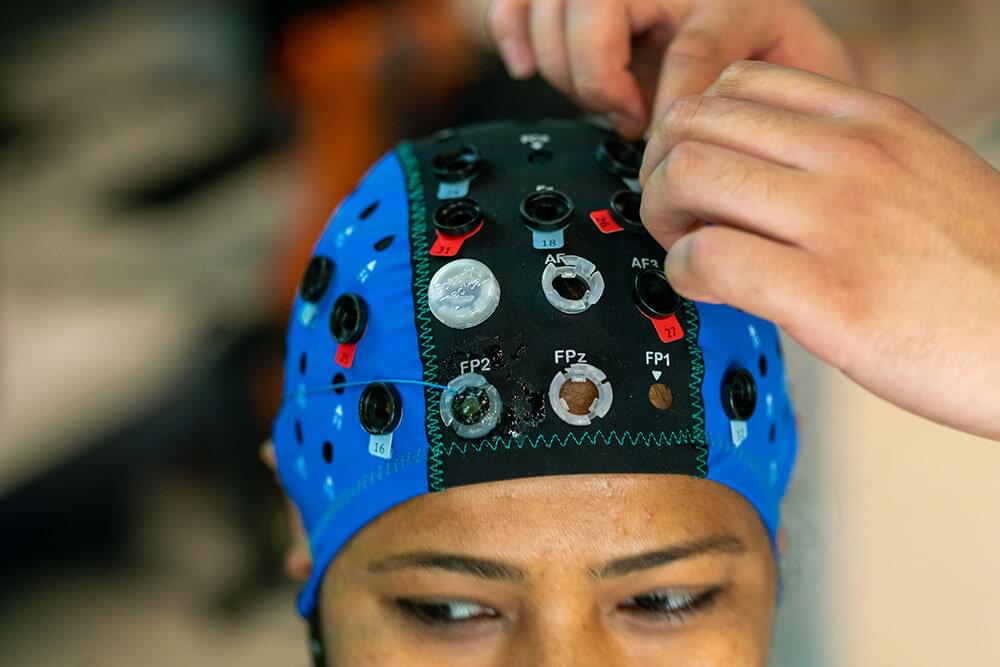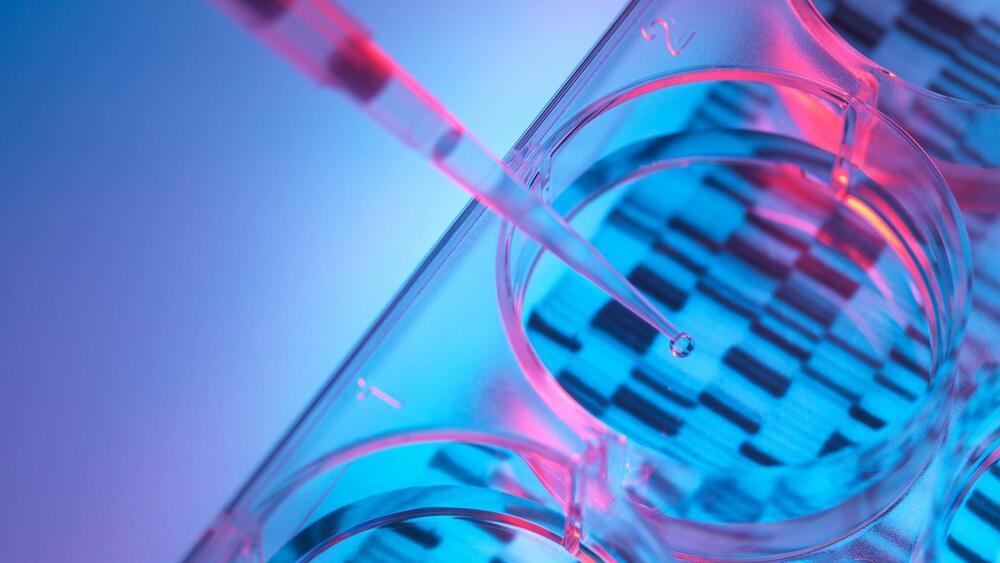Sunshine streaming through a window could be directly harnessed for wireless data transmission to electronic devices. KAUST researchers have designed a smart glass system that can modulate the sunlight passing through it, encoding data into the light that can be detected and decoded by devices in the room. The use of sunlight to send data would offer a greener mode of communication compared to conventional Wi-Fi or cellular data transmission.
Basem Shihada had been exploring data encoding into an artificial light source when he had the lightbulb moment to use sunshine. “I was simply hoping to use a cell phone camera to record a video of the encoded light stream to try to decode the video to retrieve the data; that’s when I thought, why not do the same with the sunlight?” Shihada recalls. “This would be much easier and can be done over the cell phone camera too. So we began to explore sunlight as an information carrier,” he says.
The team has now designed a sunlight communication system comprised of two parts. “There is a light modulator that can be embedded in a glass surface and an in-room receiver,” says Osama Amin, a research scientist in Shihada’s labs.







